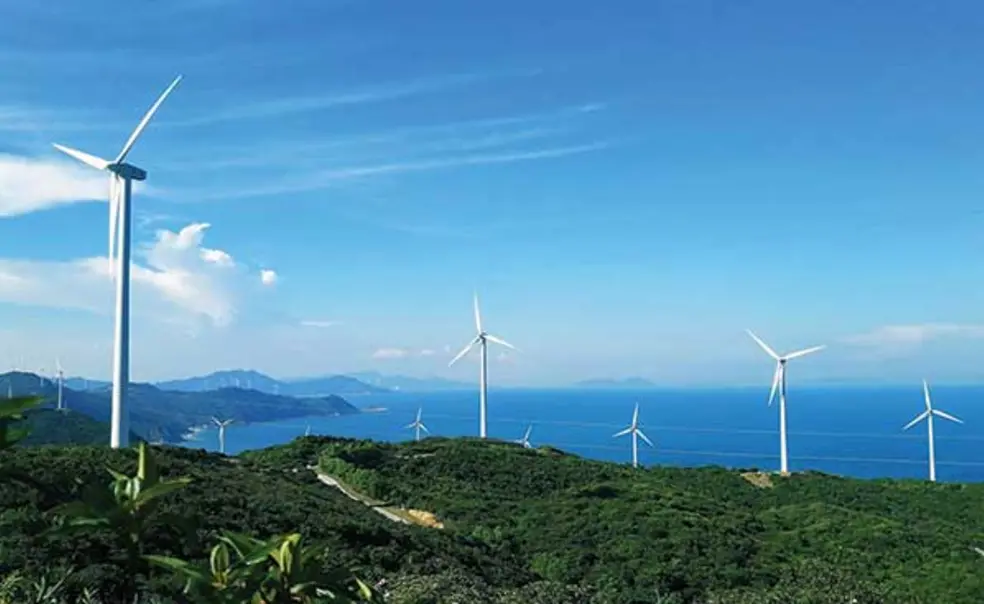Civic and Environmental Engineering: The Winds of Change

“We cannot predict the exact year when the increasing trend will stop, but we are certain that the trend will turn,” said Zhenzhong Zeng, who led the study as a postdoc at Princeton and is now an associate professor at Southern University of Science and Technology, in Shenzen, China. “Our estimate is that the change may occur in 10 or 20 years.”
The study harnessed data from nearly 1,500 weather stations on six continents, but concentrated in Asia, Europe, and North America, to show that wind speeds over land increased by about 7 percent between 2010 and 2017. This reverses a trend dating back to at least 1980, a decrease in wind speeds termed “global terrestrial stilling.”
Wind power has already seen a boost. Wind turbines have long been running closer to their maximum capacity for longer periods of time. That trend had been attributed to technological improvements, but the authors estimate that, in the U.S., about half of the boost after 2010 is from stronger winds. The study also points to regions such as the northeastern United States and Southeast Asia, where wind farms should be “optimized” for a future of stronger winds.
Wind is driven by the differences in temperature and pressure between different areas. As polar regions warm faster than their temperate counterparts, these differences are diminishing on average. While natural cycles are boosting wind speeds for now, says Zeng, “in the long term, climate change may reverse this increasing trend.”
This prediction is uncertain: The computer models the team used cover large areas, and wind speed varies significantly at much smaller scales. “You walk down the street, and you’ll get hit by a bunch of wind, and then you walk a couple of blocks and it’s died off,” explains Wood.
The authors emphasize the need for more data about the Southern Hemisphere, which has fewer sensors and less landmass. Further study could show what effects human-caused climate change might have on these natural cycles. Better models will help researchers understand how warming will affect wind turbines — and how much those turbines may help mitigate climate warming.












No responses yet